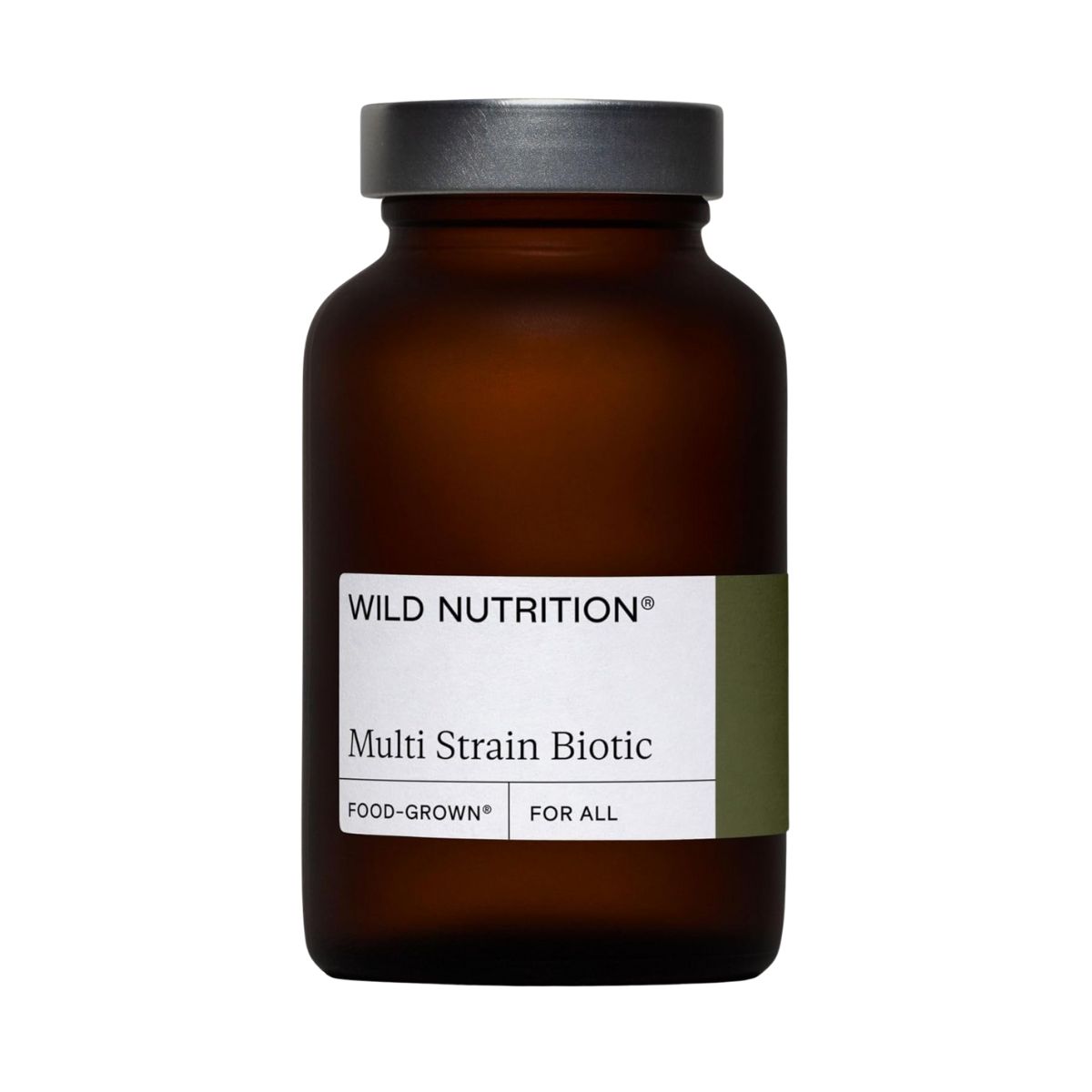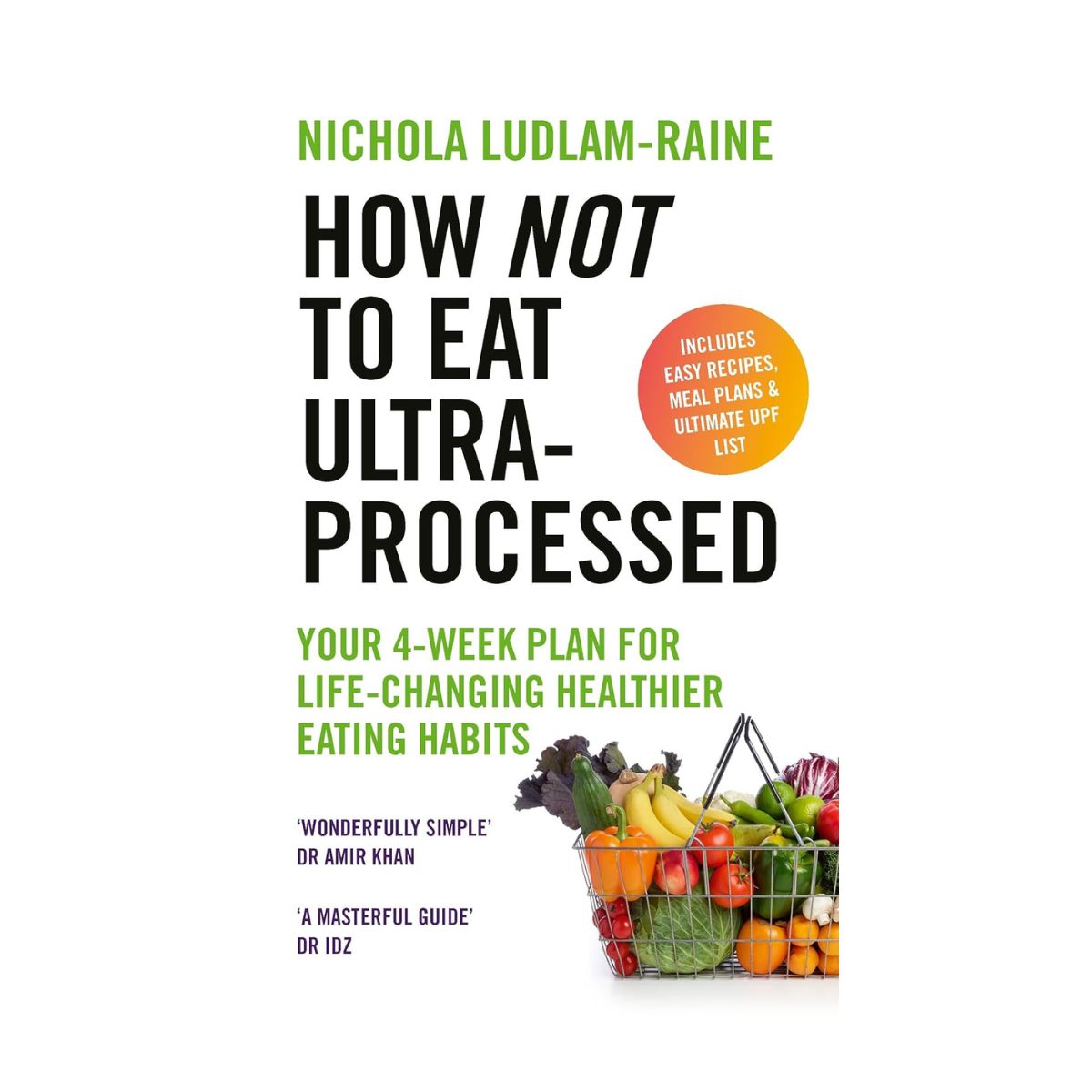Is the 30-30-3 Method the Simplest Way to Turbocharge Your Gut Health? A Top Dietitian Explains
Fad, or failsafe gut health formula?


We're almost at the end of 2025, but the gut health trend is showing no signs of dissipating. We all know so much more about our digestive function than we did only a few years ago, and most of us are hooked on at least one probiotic - whether it's a gummy, a greens powder or a kefir shot.
And with good reason, too: we know that gut function is integral to overall health and wellbeing - a link that is well established, research-wise. Studies (such as this one, published in the journal Nutrients) consistently confirm the importance of a healthy gut in preventing disease, with others (like this one, from the same journal) confirming the role of the gut in mental health, too (via the gut-brain axis).
While food trends come and go (DASH, keto, high-protein - you name it, there's a viral method associated with it), taking care of our gut health extends way beyond a viral TikTok craze - but that's not to say that the internet isn't a good place to discover formulas that might just have some efficacy. Case in point: the 30-30-3 method.
Yes, the moniker is bang on trend, and it's piqued our interest. Could the 30-30-3 method really turbocharge our digestive health? We asked the experts to weigh in - keep scrolling for all the details.
For more on all things nutrition and gut health, don't miss our explainers on the tell-tale unhealthy gut symptoms, the simplest gut health hacks to incorporate into your day-to-day, and the link between gut health and fat loss. We've also got expert-led guides to why your probiotics might not be working and what causes bloating, here.
The viral 30-30-3 method claims to be a simple way to hack your gut health - so, does it work?
What is the 30-30-3 method?
First up, what exactly is the method all about? Well, you'll be pleased to find out that the premise is relatively simple and grounded in science.
"The 30-30-3 trend is a nutrition framework focused on gut and metabolic health," explains specialist registered dietician and author of How Not To Eat Ultra Processed, Nichola Ludlam-Raine. "It encourages individuals to aim for 30g of protein at breakfast, to eat 30g of fibre across the day, and to include three servings of probiotic-rich foods daily (such as yoghurt, kefir, sauerkraut or kimchi)."
Celebrity news, beauty, fashion advice, and fascinating features, delivered straight to your inbox!
Created by integrative medicine physician Dr Amy Shah, the method is less about restrictive, unrealistic targets and more about adopting small, everyday habits that really work.
"It’s not a strict diet, but rather a guideline designed to help people improve their gut health, energy and fullness," notes Ludlam-Raine. "The 30-30-3 trend works because it encourages people to eat more of the good stuff, rather than focus on restriction."
What are the benefits of the 30-30-3 method?
As nutrition trends go, the 30-30-3 method certainly has its fair share of legitimate benefits, although it should be noted that the regime hasn't been rigorously scientifically investigated - the benefits are largely anecdotal.
"Supporters and media coverage suggest several potential benefits to the 30-30-3 method," notes Dr Suzanne Wylie, GP and medical adviser for IQDoctor. "While many align with broader nutrition science, not all have been tested specifically under the 30-30-3 framework."
Let's dig in.
1. It improves digestion and gut health
First and foremost, the method purports to support digestion and gut health in a number of ways.
"Each component of the method supports health in a different way," notes Ludlam-Raine. "Fibre feeds beneficial gut bacteria, promotes regular digestion, and helps reduce cholesterol levels. Probiotic foods provide live bacteria that can support the diversity and balance of the gut microbiome. Together, they target both gut and metabolic health, aiming to improve digestion, energy levels and long-term wellbeing."
2. It stabilises energy
4 pm energy slump getting you down? Front-loading your protein intake with the 30-30-3 method might just keep you going through those afternoon Zoom calls.
"Protein at breakfast helps balance blood sugar levels, improves satiety, and supports muscle repair and metabolism," says Ludlam-Raine. "People following the 30-30-3 trend report improved energy and satiety throughout the day."
And the combination of protein with fibre also works to improve satiety, too, as high-fibre foods help keep us feeling fuller for longer.
3. It reduces cravings
Satiety is crucial for avoiding those sugar-crash moments that leave us reaching for a quick fix (although, we're totally fans of a quick fix every now and again!)
"The combination of fibre and protein supports stable blood sugar and insulin levels, reduces cravings, and promotes satiety, which can help prevent overeating later on in the day," advises Dr Wylie.
4. It supports muscle maintenance and growth
"Starting your day with protein can help support muscle maintenance and growth," notes internationally renowned gut health scientist Dr Megan Rossi. "From your 30s onward, muscle mass is said to decrease by 3 to 8% per decade, accelerating after the age of 60. Regular protein intake helps maintain muscle, and spreading it out may also make it easier for your gut to digest - the method can be a helpful reminder to spread your protein intake throughout the day."
5. It's simple and sustainable
"The simplicity of 30-30-3 makes it easier to adopt and maintain compared with strict diets," advises Dr Wylie. "Small, consistent daily changes can yield cumulative benefits for digestion, energy, and metabolic health. The method serves as a good rule of thumb to help people meet key nutrition and microbiome goals without strict calorie counting or rigid meal plans."
Who is the 30-30-3 method best for?
Because the method is designed to be a healthy and sustainable approach to optimising gut health, it's fairly universally beneficial.
"Overall, if you’re eating well and simply want a bit of gentle structure, this could be a useful guide," advises specialist dietician Priya Tew. "However, this needs to be used within the context of a balanced diet where all the food groups are included; it's not just about fibre and protein. Where you get your fibre from is also key, as there are different types that impact your body in different ways. This is where variety really is key."
However, there are some important caveats when considering suitability. "If you’re in recovery from disordered eating or you find yourself drawn to numbers and food rules, I’d be cautious of the 30-30-3 trend," warns Tew. "Turning gut health into a checklist can make food feel pressured or guilt-inducing, which is the opposite of what your gut (and mind) needs."
How long should you follow the 30-30-3 method for?
Since the method is designed to be both simple and sustainable, the idea is that the tweaks you make to your mornings will be long-lasting.
"Think of it less as a short-term challenge and more as a lifelong framework," suggests Dr Rossi. "The specific numbers aren’t the goal, but it’s about establishing habits that support your long-term health and gut microbiome."
Shop MC UK's go-to nutrition essentials now:

When it comes to gut health, we know that diversity is key. So even if you're confident you're crushing those gut goals with your meals, it's always worth considering a quality supplement. Wild Nutrition follows a food-grown approach, meaning the ingredients are kept as close to their original food form as possible.
Are there any drawbacks to the 30-30-3 method?
While the method undeniably has advantages, it's worth noting that healthy nutrition is always about more than just numbers.
"Rigid targets can feel overwhelming for some people, and not everyone needs to hit exact numbers every single day," cautions Ludlam-Raine "Additionally, upping your fibre intake too quickly may also cause bloating - it’s better to build up gradually and drink plenty of fluids alongside it. For anyone with specific medical conditions (e.g. kidney disease or IBS), it’s best to tailor protein and fibre goals with a dietitian, too."
Tew agrees, noting that she's a cautious advocate of the method. "The 30-30-3 trend isn’t a bad idea, it just needs a dose of flexibility and realism," she tells MC UK. "Instead of aiming for perfect numbers, focus on variety: plenty of plants, some protein at meals, and a few fermented foods if you enjoy them.
"Your gut health is supported most by consistency and kindness, not by following the latest formula on TikTok."

Anna Bartter is a freelance journalist who writes about health, fitness and women's lifestyle for publications including Stylist, Metro and Psychologies, among others.
She's always on a quest to find a variety of fun and functional workouts that give you the most bang for your workout buck and she's passionate about championing movement for everyone's mental and physical wellbeing.

